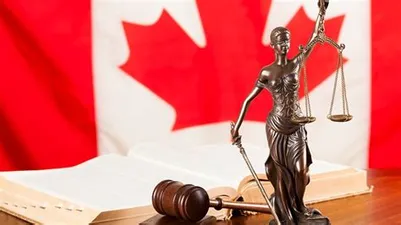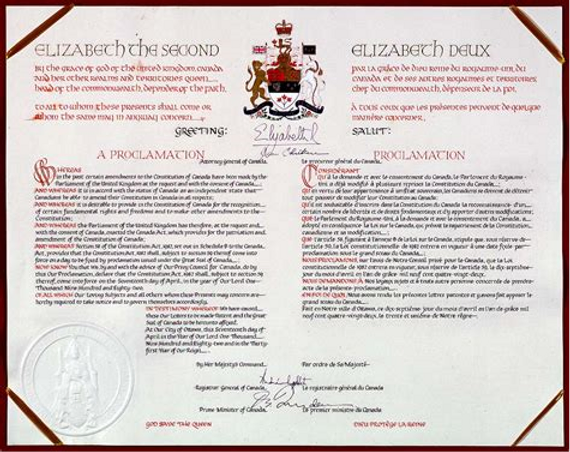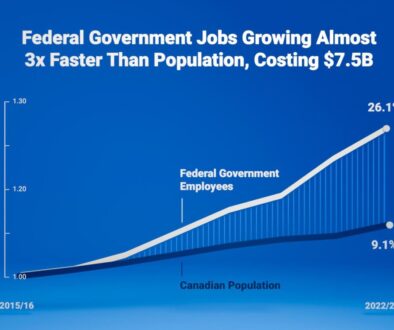Canada The Grand Deception- Part 2
As we learned from the land mass referred to as Canada never confederated, does not have a constitution and does not have a Charter of Rights and Freedoms. We further learned that any and all government, British Monarchy, Governors General, as well as any Acts, laws and by-laws became null and void and have been null and void after Queen Victoria died on January 22, 1901. In this article, I would like to present some more information regarding the Confederation and the Articles of Confederation.
www.freeshuswap.com/canada-the-grand-deception/
What exactly does the term “confederation” mean?
According to the Canadian Encyclopedia, the term confederation “refers to the process of federal union in which the British North American colonies […] joined together to form the Dominion of Canada.” The Cambridge Dictionary defines confederation as “the joining of regions that had been British to create the independent country of Canada.” But we know from the article Canada: The Grand Deception that a Dominion was defined as a British colony, which is in direct conflict with the definition of an “independent country of Canada.”
A confederation is an agreement between people from independent countries to work together while remaining independent. In 1867, the colonists were betrayed by Sir John A. MacDonald. While they were provided with a sense of unification and a false sense of autonomy, they were definitely not given independence from the British Empire.
What are Articles of Confederation?
According to Black’s Law Dictionary, Articles of Confederation are “[…] the compact made between the […] states of the Union, before the adoption of the present constitution.” Articles of Confederation are a written agreement that outlines the definitions, as well as the rules, obligations and liabilities for all parties that have decided to confederate, i.e. joining and working together while remaining independent. If the colonies had truly confederated through the BNA Act of 1867, there would be official Articles of Confederation. One might argue that the BNA Act in itself might represent the Articles of Confederation. If that was the case, though, the BNA Act would have been signed by the representatives of the colonies and not Queen Victoria. In addition, the BNA Act clearly states that the colonies were “to be united […] under the Crown of the United Kingdom of Great Britain […]” and that the union would “promote the Interests of the British Empire.” Furthermore, section 9 clearly states that “the Executive Government and Authority of and over Canada is hereby declared to continue and be vested in the Queen,” which makes it clear that while the colonies were united, they did not gain independence and autonomy at all.

What is a Constitution (Act)?
According to Black’s Law Dictionary a constitution is the “[…] fundamental law of a nation or state […], organizing the government, and regulating, distributing, and limiting the functions of its different departments […]” The important aspect in this definition is that those who write the Constitution are the ones that organize the government, regulate it and limit its functions.
It has become obvious in recent years that the people of Canada have never been in charge of organizing the government or limiting its functions. The people of Canada did not even write the British North America Act. It was written by the British Parliament in 1871, and the original document has been the property of Great Britain to this day.
In 1982, Pierre Elliott Trudeau renamed the British North America Act and called it the Constitution Act. While the Oxford English Dictionary defines the noun “Act” as “Something transacted in council, or in a deliberative assembly […]”, the people of Canada were not in charge of such a “transaction.” And while the Cambridge Dictionary defines the verb “act” as “to do something for a particular purpose […]” and “to perform a part […]”, one could also call it “to pretend.” It seems that P.E. Trudeau pretended to provide the people of Canada with a Constitution by performing and providing them with nothing more than a clever illusion of a true Constitution.

I wanted to get a clear answer to the question if Canada truly confederated. In January of 2023, I filed an ATIP (Access to Information and Privacy) request with Library and Archives Canada, requesting a copy of the original Articles of Confederation from 1867. One year later, I finally received a response.
Bottom of Form
Interestingly, Library and Archives Canada could not produce the requested document at all and instead referred me to the Reference Services Department. That department confirmed on January 9, 2024, in writing, that “the BNA Act of 1867 is a British law passed in Great Britain. Given that this is a statute of that country, the original is held in their archives […]” The only document that the government was able to produce is a copy of the title page of the BNA Act of 1867 taken from the British Parliament’s website! That is the Government of Canada’s only proof to the claim that Canada confederated in 1867.
How can a country have confederated, and be a free and independent nation, when its confederation documents (the Articles of Confederation) have been written, controlled and held to this day by the government of a foreign country? It cannot have confederated because that country is then by definition not an independent nation. Remember, the BNA Act of 1867 defined Canada as a Dominion, which is defined as a colony of Great Britain.
This exercise further strengthens the already overwhelming evidence that the people on this land mass referred to as Canada have been lied to and robbed for decades. There is no Constitution and there is no independent country called Canada. It has all been an illusion.
As we have learned, each Province and Territory has been an independent and free country/state/nation since Queen Victoria died on January 22, 1901. To end the shenanigans and move forward, all that the people of each Province and Territory need to do is hold an assembly and write an actual Constitution (the US Constitution could be used as a great template). Some or all Provinces and Territories could then hold an assembly to confederate into a union and agree on Articles of Confederation. You can ignore the illegitimate Premiers and politicians. You don’t need to ask them for permission. The people have been in control since January 22, 1901, and just need to exercise their rights!
I encourage everyone to file a simple, low-cost ATIP online request (https://atip-aiprp.apps.gc.ca/atip/welcome.do) with Library and Archives Canada and the Reference Services Department to request a certified copy of the original Articles of Confederation.
If anyone believes that these facts are incorrect, please present the evidence that proves the opposite (e.g. official Articles of Confederation signed by representatives of each independent Province and Territory, and a valid Constitution signed by the people). I’d be happy to hear about it.
Disclaimer: I am not a lawyer and nothing in this article is to be taken as legal advice. This article is merely a summary of the research of historic documents that I have undertaken. All referenced documents are readily available, and I encourage you to do your own research.
TS
References:
- https://www.thecanadianencyclopedia.ca/en/article/confederation
- https://dictionary.cambridge.org/dictionary/english/confederation
- Library and Archives Canada and Reference Services Department
- Black’s Law Dictionary
- Oxford English Dictionary
- Cambridge Dictionary



